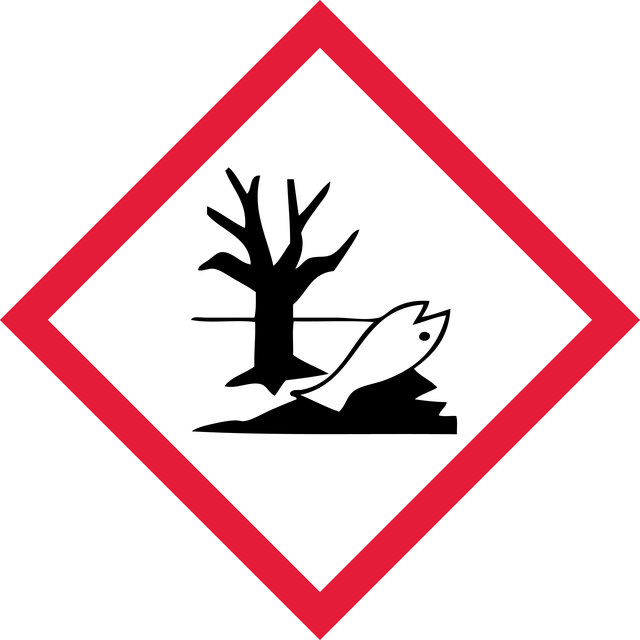544868
Copper(II) oxide
nanopowder, <50 nm particle size (TEM)
Synonym(s):
Copper monoxide, CuO nanoparticles, Cupric oxide
Sign Into View Organizational & Contract Pricing
Select a Size
1 EA
CA$506.00
Select a Size
Change View
1 EA
CA$506.00
About This Item
Empirical Formula (Hill Notation):
CuO
CAS Number:
Molecular Weight:
79.55
EC Number:
MDL number:
UNSPSC Code:
12352302
PubChem Substance ID:
NACRES:
NA.23
Recommended Products
form
nanopowder
Quality Level
surface area
29 m2/g
particle size
<50 nm (TEM)
application(s)
battery manufacturing
SMILES string
[Cu]=O
InChI
1S/Cu.O
InChI key
QPLDLSVMHZLSFG-UHFFFAOYSA-N
Looking for similar products? Visit Product Comparison Guide
Related Categories
General description
Copper oxides (Cu2O, CuO) are p-type semiconductor materials with small band gap energy. High physical and chemical stability of metal oxide nanoparticles renders them extremely useful in catalytic applications.The structures of the compounds are monoclinic. Nanoscaled copper oxide compounds can be prepared by thermal plasma technology. A study reports its antimicrobial properties.[1]
Application
Toxicity of copper oxide nanoparticles was reported.[2][3][4] Cu2O has been used in coating Cu nanoparticles (Cu2O NPs).[5] Copper oxide nanoparticles has been reported to be used as an anode material for lithium ion cells and as gas sensors on account of it high surface reactivity. Hollow Cu2O NPs has been used in the preparation of nucleosides and as a catalyst in azide-alkyne cycloadditions by other groups.[6] CuO NPs may be used as a catalyst for CSe, CTe, and CS bond formation and synthesis of 2-aminobenzothiazole.[7] Molecular responses of mouse macrophages to CuO and Cu2O NPs were studied.[8]
Signal Word
Warning
Hazard Statements
Precautionary Statements
Hazard Classifications
Aquatic Acute 1 - Aquatic Chronic 1
Storage Class Code
13 - Non Combustible Solids
WGK
WGK 3
Flash Point(F)
Not applicable
Flash Point(C)
Not applicable
Personal Protective Equipment
dust mask type N95 (US), Eyeshields, Gloves
Choose from one of the most recent versions:
Already Own This Product?
Find documentation for the products that you have recently purchased in the Document Library.
Jianbo Wu et al.
Accounts of chemical research, 46(8), 1848-1857 (2013-07-03)
An efficient oxygen reduction reaction (ORR) offers the potential for clean energy generation in low-temperature, proton-exchange membrane fuel cells running on hydrogen fuel and air. In the past several years, researchers have developed high-performance electrocatalysts for the ORR to address
Yanlong Yang et al.
Tumour biology : the journal of the International Society for Oncodevelopmental Biology and Medicine, 35(4), 2905-2921 (2013-12-18)
The relationship between the ERCC1/2 single nucleotide polymorphisms (SNPs) and the clinical outcomes of the platinum-based chemotherapy in the non-small cell lung cancer (NSCLC) is still inconsistent and inconclusive despite extensive investigations have been conducted to address this question. In
Yanqin Cao et al.
Journal of nanoscience and nanotechnology, 14(2), 1194-1208 (2014-04-23)
Porous platinum, that has outstanding catalytic and electrical properties and superior resistant characteristics to corrosion, has been widely applied in chemical, petrochemical, pharmaceutical, electronic, and automotive industries. As the catalytic activity and selectivity depend on the size, shape and structure
Johnson J Liu et al.
Current cancer drug targets, 12(8), 962-986 (2012-07-17)
Membrane transporters govern the movement of drugs and their metabolites across biological membranes, thereby determining their pharmacokinetics, efficacy and adverse drug reactions. Platinum-based anticancer drugs are a mainstay of chemotherapy for many human malignancies. However, their clinical utility is limited
Dalian Ding et al.
Anatomical record (Hoboken, N.J. : 2007), 295(11), 1851-1867 (2012-10-10)
Cisplatin, carboplatin, nedaplatin, and oxaliplatin are widely used in contemporary oncology; however, their ototoxic and neurotoxic side effects are quite different as discussed in this review. Cisplatin is considered the most ototoxic, but despite its reputation, the magnitude of hair
Our team of scientists has experience in all areas of research including Life Science, Material Science, Chemical Synthesis, Chromatography, Analytical and many others.
Contact Technical Service


